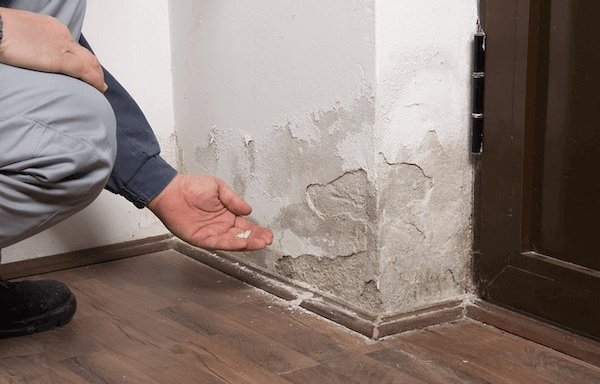Whether you’re in a flood area or an area that sees heavy rainfall, you need to know what you can do to prevent water damage. Water damage is not only unsanitary, it can also be a serious hazard to your property. It can damage your appliances, wiring, and gas lines.
Coverage for water damage depends on the situation and the source
Depending on the situation and the source of water damage, the amount of coverage that you will receive can vary. However, you can usually get a good idea of how much your home insurance will cover by talking with your agent or insurer.
When you need to file a water damage claim, you will need to provide your insurer with evidence of the water damage. Some insurance providers may require evidence such as pictures or videos of the damage. This can help your adjuster understand the extent of the damage.
A water damage claim can take a long time to settle. Once you are ready, you should contact your insurer as soon as possible. Your adjuster will be able to answer any questions you have and help you fill out your claim. It is important to remember your deadline for submission.
Clean and potable
Using clean and potable water is an important part of maintaining a healthy home and keeping your family safe from germs and other hazards. One of the easiest ways to obtain water is to boil a pot of water or melt some ice cubes. The latter is especially useful if you live in a hot climate. If you don’t have a source of potable water in your home, you can always buy a bottle of water or visit your local water department.
The best way to make sure you are getting the cleanest and potable water possible is to heed the advice of your local water department. You don’t want to end up with an unhealthy home, especially if you have young kids or pets.
Unsanitary
Using unsanitary water to clean your home can be a bad idea. Water that has been contaminated with bacteria, germs or molds can cause damage to your home in the long run. This type of water should only be removed if it is absolutely necessary. If not, it can result in a colossal sewage backup.
The best way to handle unsanitary water is to hire a professional water remediation company. This type of company will know the right questions to ask and the right solutions to recommend. The water in question may have come from a sewage system, a sink or tub overflow, or a major spill. It may also come from a home appliance malfunction or a hose that broke. The water in question should be treated as soon as possible to prevent mold from forming.
Unsafe for appliances, wiring and gas lines
Using electrical equipment in a wet environment can be dangerous. The electrical conductors inside wet appliances can corrode and lose their ability to carry electrical currents. This can lead to an explosion or fire. The danger is even greater if the electrical equipment is re-energized without proper reconditioning.
If you live in an area with heavy flooding, it’s important to know how to safely use electrical equipment after water damage. Some experts say that it’s best to replace wet electrical equipment.
It’s also important to keep your electrical equipment dry, because water can damage metals. Water will speed up the oxidation process, which may lead to corrosion. Aside from corrosion, water can also cause mold to form on the inside of your appliances. This can also lead to fires and other safety concerns.
Effects on your home
Whether your home is suffering from a flood or some other form of water damage, it can have a number of detrimental effects on your home. These effects can affect the structural integrity of your home as well as the health of the occupants.
Water damage can happen in a number of ways, including flooding, a plumbing leak, or a broken pipe. It can take only a few minutes to cause serious damage to your home.
A water-damaged home is an ideal breeding ground for household pests. They prefer warm temperatures and moist environments. Water can also cause the growth of mold. Mold in your home can cause health problems. It can also affect the aesthetic of your home.
Flood waters can seep into your carpets and upholstery, as well as soiling your home’s fixtures. Mold can also grow on your carpets, drywall, and other surfaces. Mold can also cause respiratory problems for asthmatics and those with eczema.
